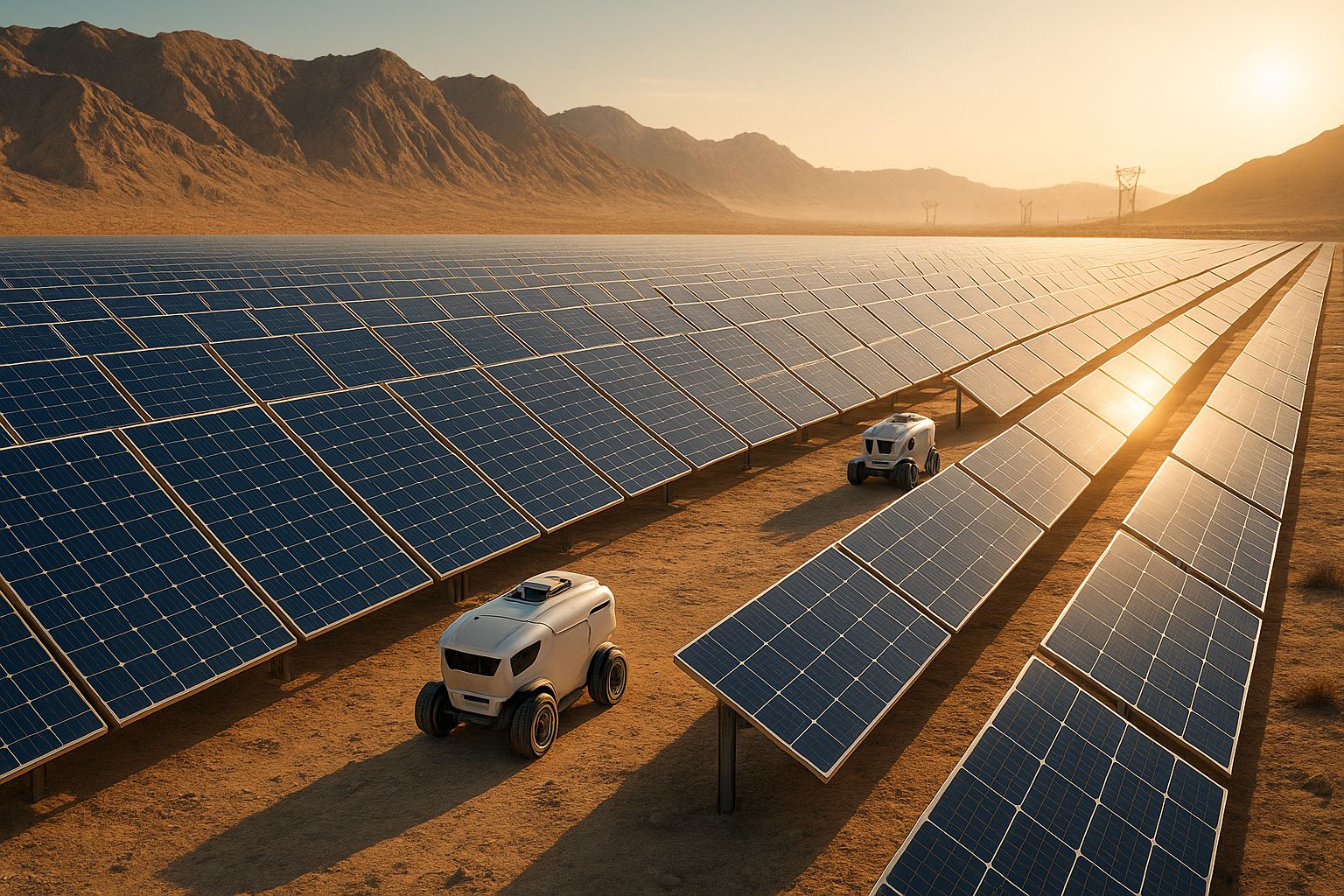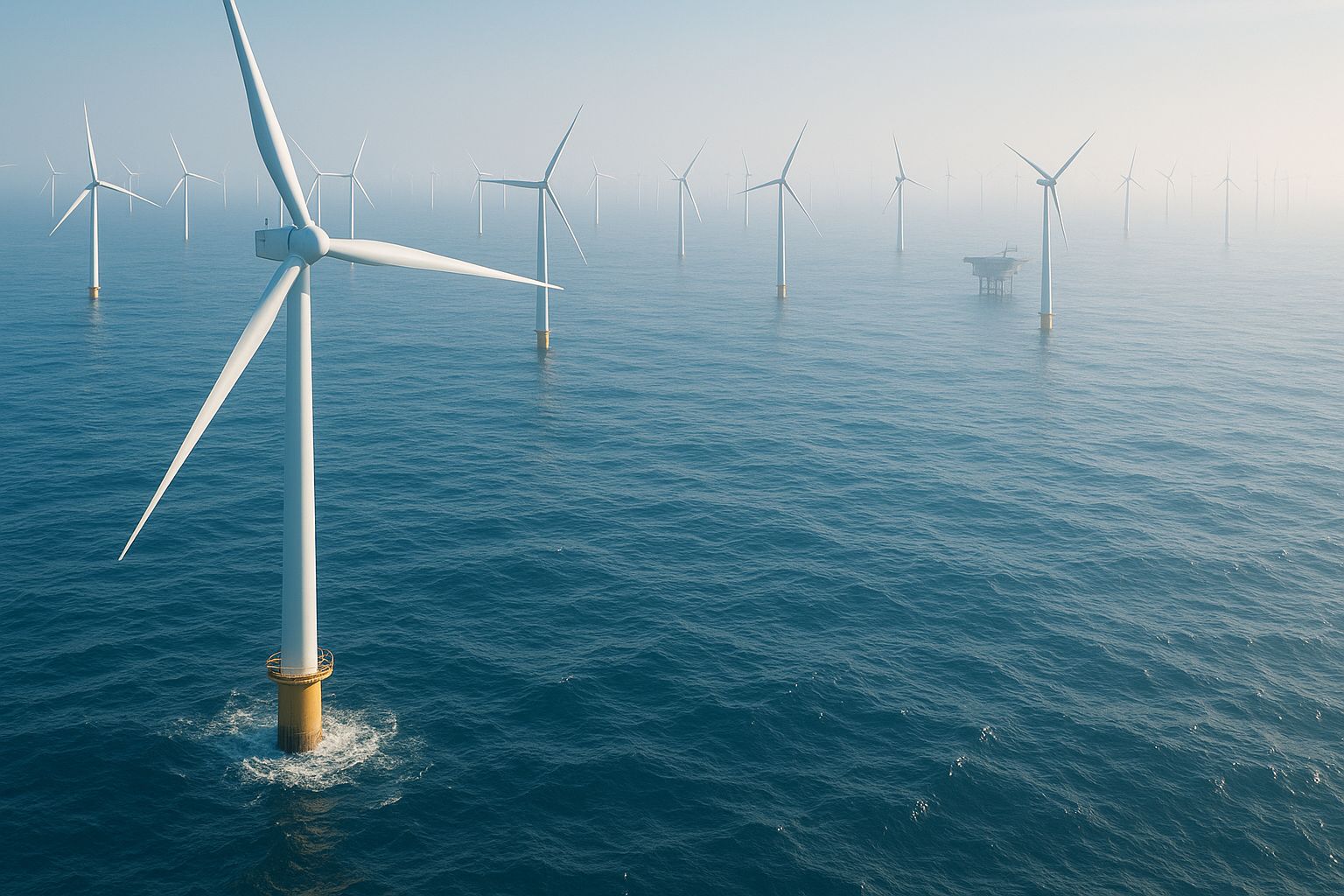- Green Glow
- Posts
- 🌱 Renewables and EVs Are Growing 10× Faster Than Experts Expected ⚡️🌍
🌱 Renewables and EVs Are Growing 10× Faster Than Experts Expected ⚡️🌍
Renewables and electric vehicles are growing 10× faster than experts predicted a decade ago. Discover how solar, EVs, and battery innovations are transforming the global energy landscape and accelerating the clean transition.
Ten years ago, most forecasts underestimated just how quickly the world would embrace clean energy and electric vehicles. In 2015, leading agencies like the International Energy Agency (IEA) projected modest growth for solar, wind, and EV adoption. Today, those predictions look almost laughably conservative — renewable energy and electric mobility are expanding at 10× the expected rate, reshaping economies and industries worldwide.
Table of Contents

Solar Power’s Meteoric Rise
Back in 2015, analysts believed solar would remain a niche technology, limited by high costs and slow installation rates. Fast forward to today, and the planet now produces four times more solar energy than experts predicted.
In 2024 alone, the world added more than 550 gigawatts of solar capacity, enough to power over 100 million U.S. homes. The key driver behind this boom is cost — solar energy has become nearly 70% cheaper than a decade ago, making it the most competitive source of new electricity in many regions.
EVs Take the Fast Lane
Electric vehicles have followed a similar trajectory of explosive growth. A decade ago, only 1 in 100 new cars sold globally was electric. Today, that figure has jumped to 1 in 5 — a 2,000% increase.
Falling battery prices, expanding charging networks, and government incentives have made EVs not only cleaner but also increasingly affordable. Battery costs have dropped roughly 20% in the last year alone, and major automakers are rapidly phasing out internal combustion models in favor of all-electric lineups.
Economics Have Flipped
Perhaps the most surprising part of this transformation is how quickly renewables have become cheaper than fossil fuels. Roughly 91% of new renewable energy projects now cost less to operate than comparable coal or gas plants.
What once required government subsidies now makes sense purely on market terms. Manufacturing scale, especially in China and other Asian nations, has driven down costs across the supply chain, making clean energy the rational economic choice.

A Brighter, But Not Yet Safe, Climate Outlook
This rapid growth in green technology has already shifted global climate projections. A decade ago, scientists warned of catastrophic warming of up to 4°C by 2100. Thanks to renewable progress, the world is now tracking closer to 2.6°C.
That’s a meaningful improvement — but still far from the 1.5°C target scientists say is necessary to prevent irreversible ecological damage. To stay on track, nations must continue scaling renewable capacity, modernizing grids, and investing in energy storage and recycling.
What’s Driving the Acceleration?
Policy Support: National commitments like the U.S. Inflation Reduction Act and the EU’s Green Deal have boosted investment.
Technological Innovation: Advances in materials, battery chemistry, and grid efficiency have increased reliability and reduced costs.
Consumer Demand: Rising awareness and new options are driving adoption across industries and households.
Global Manufacturing Scale: China’s dominance in solar panels and batteries has pushed prices to historic lows.

Conclusion
The last decade has proven that technological revolutions can outpace even the most optimistic forecasts. Solar energy, electric vehicles, and battery innovations are rewriting the rules of the global energy game — faster and more effectively than anyone expected.
Yet, while this progress gives reason for optimism, it’s not the finish line. The world still faces tough challenges — from energy storage limitations to supply chain vulnerabilities and political inertia. But the trend is irreversible: renewables are now cheaper, cleaner, and more scalable than fossil fuels.
If this exponential growth continues, the next decade could witness not only energy independence but also a global economic transformation built on sustainability, innovation, and resilience. The clean energy revolution is no longer coming — it’s already here.
FAQs
Why did experts underestimate renewable energy growth?
Analysts in the early 2010s underestimated how quickly costs would fall for solar panels, wind turbines, and batteries. They also didn’t anticipate the speed of global manufacturing scale, especially from China, or the growing political and consumer demand for clean energy.
How much faster have renewables grown compared to predictions?
Solar and wind capacity have expanded up to 10 times faster than 2015 forecasts suggested. Solar power alone is producing four times more energy than experts expected a decade ago.
What role do electric vehicles play in this growth story?
EVs are now one in every five new cars sold worldwide, compared to just 1 in 100 ten years ago. Their success accelerates the shift toward renewable power since EVs create additional demand for clean electricity and storage innovation.
Is renewable energy now cheaper than fossil fuels?
Yes — around 91% of new renewable projects are cheaper to operate than new fossil fuel plants. Solar and wind are now the most affordable sources of electricity in many parts of the world.
What’s next for renewables and EVs?
The next frontier includes grid-scale storage, battery recycling, smart grids, and green hydrogen. These innovations will make clean energy reliable around the clock and accelerate the full transition away from fossil fuels.
You May Also Like
🌱 How China’s Tourism Industry Is Embracing Renewable Energy to Go Green ✈️🌍
🌱 Extreme Heat is Coming for Our Kids—Will We Act in Time? 🔥⚠️
🌱 The Climate Paradox: How Drought Is Lifting South Africa's Coastline 🌦️🌵
🌱 Why $2.5 Billion Says the U.S. Can’t Quit Clean Energy 💰♻️
🌱 Did Renewable Energy Trigger Spain’s Blackout? A Closer Look at the Grid ⚠️🔌
External Links
Coweta teen to speak at State Capitol in support of water pollution clean-up day
AI, machine learning to be deployed in fight air, water, noise pollution in Delhi
Air Quality Alert for Mother's Day: Elevated levels of Ozone pollution
Air pollution still plagues nearly half of Americans. That does a number on our health
Follow Us:
X: https://www.x.com/greenglownews
Youtube: https://www.youtube.com/@greenglownews
Instagram: https://www.instagram.com/greenglownews
Sponsored Links